High-Capacity Diesel Generator Cooling Tower Design Specifications
When it comes to powering industrial operations, big diesel generators are the backbone of reliable energy production. However, these powerhouses generate substantial heat during operation, necessitating efficient cooling systems to maintain optimal performance. Cooling towers play a crucial role in dissipating this excess heat, ensuring the longevity and efficiency of large-scale generators. This article delves into the intricacies of cooling tower design specifications for high-capacity diesel generators, exploring key factors, material considerations, and environmental impacts that shape these essential components.

What are the key factors in cooling tower design for big diesel generators?
Designing cooling towers for big diesel generators involves a complex interplay of engineering principles and practical considerations. The primary goal is to achieve maximum heat rejection while minimizing water consumption and energy use. Several key factors influence the design process:
Thermal Performance
The cooling tower must be capable of removing the heat load generated by the diesel engine efficiently. This involves calculating the heat rejection rate, which is typically expressed in BTUs per hour or kilowatts. Engineers must consider the generator's power output, ambient conditions, and desired coolant temperature range to determine the appropriate cooling capacity.
Airflow and Water Distribution
Proper airflow is essential for effective heat transfer. The design must incorporate features that promote uniform air distribution across the fill material. Similarly, water distribution systems should ensure even wetting of the fill to maximize the surface area available for heat exchange.
Size and Footprint
Space constraints often dictate the physical dimensions of cooling towers. Compact designs that deliver high cooling performance per unit area are increasingly sought after, particularly in urban or industrial settings where space is at a premium.
Noise Reduction
Acoustic considerations are paramount, especially for generators operating in noise-sensitive environments. Incorporating sound attenuation features, such as low-noise fans and vibration isolators, can significantly reduce the cooling tower's acoustic footprint.
Best materials for diesel generator cooling towers in industrial applications
The choice of materials for cooling tower construction significantly impacts its performance, durability, and maintenance requirements. In industrial applications where big diesel generators operate under demanding conditions, selecting the right materials is crucial:
Corrosion-Resistant Alloys
Stainless steel and galvanized steel are commonly used for structural components due to their excellent corrosion resistance. These materials withstand the harsh, moisture-rich environment within cooling towers, ensuring long-term structural integrity.
High-Performance Plastics
Advanced polymers like polyvinyl chloride (PVC) and fiber-reinforced plastics (FRP) are increasingly used for fill material and water distribution systems. These materials offer superior corrosion resistance, lightweight properties, and excellent heat transfer characteristics.
Composite Materials
Fiber-reinforced composites, such as those incorporating carbon or glass fibers, are gaining popularity for their strength-to-weight ratio and corrosion resistance. These materials are particularly useful for fan blades and structural supports in larger cooling towers.
Specialized Coatings
Epoxy and polyurethane coatings provide an additional layer of protection for metal components, extending their lifespan and reducing maintenance requirements. These coatings are particularly beneficial in environments with high humidity or corrosive atmospheres.
How does ambient temperature affect cooling tower efficiency for large generators?
Ambient temperature plays a significant role in the performance of cooling towers, particularly those serving big diesel generators. Understanding this relationship is crucial for designing and operating cooling systems effectively:
Wet-Bulb Temperature Impact
The wet-bulb temperature, which accounts for both air temperature and humidity, is the primary environmental factor affecting cooling tower performance. As the wet-bulb temperature rises, the cooling tower's ability to reject heat diminishes, potentially impacting the generator's output and efficiency.
Approach Temperature Considerations
The approach temperature—the difference between the cooled water temperature and the ambient wet-bulb temperature—becomes more challenging to maintain as ambient temperatures increase. This can necessitate larger cooling towers or supplemental cooling systems in hot climates.
Seasonal Variations
Cooling tower designs must account for seasonal temperature fluctuations to ensure year-round performance. This may involve incorporating variable speed fans or adjustable louvers to optimize airflow and water flow rates based on ambient conditions.
Heat Load Management
Higher ambient temperatures can increase the heat load on the cooling system, potentially requiring additional cooling capacity. Engineers must consider peak temperature scenarios when sizing cooling towers to prevent overheating during extreme weather events.
At Jlmech, we understand the critical role that cooling systems play in maintaining the performance and longevity of big diesel generators. Our engineering team incorporates these design considerations into every cooling tower solution, ensuring optimal heat rejection and efficiency across a wide range of operating conditions.
Jlmech's commitment to innovation is evident in our range of big generator diesel generator silent models. These units are engineered for reliability in extreme conditions, featuring advanced soundproofing enclosures and vibration-dampening technology. With AC output ranging from 20 to 3000KW and compatibility with various voltage and frequency requirements, our generators are versatile solutions for diverse industrial applications.
Key features of our big generator diesel generator silent include:
- Flexible AC output (20-3000KW) to meet various power needs
- Multiple voltage options (110V/220V/380V) for global compatibility
- Dual frequency capability (50HZ/60HZ) for international markets
- Adaptable engine speeds (1500-3000 RPM) for optimal performance
- Available in single or three-phase configurations
- Silent and open frame options for different environmental requirements
- Advanced water cooling systems for efficient heat management
- Electric starting for reliable and quick power initiation
- Customization options (OEM/ODM) to meet specific client needs
- Compliance with international standards (CE/Euro 5/EPA/CARB)
Our generators are designed to operate seamlessly in both urban settings and rugged terrains, making them ideal for a wide range of industries, including construction, healthcare, and data centers. With Jlmech's global expertise, proven quality, and 24/7 support, customers can trust in the reliability and performance of our big diesel generators for their most demanding power needs.
Conclusion
Designing cooling towers for high-capacity diesel generators requires a nuanced understanding of thermal dynamics, material science, and environmental factors. By carefully considering key design elements, selecting appropriate materials, and accounting for ambient temperature effects, engineers can create cooling systems that maximize generator performance and longevity.
For industries requiring robust and reliable power solutions, Jlmech offers a comprehensive range of big diesel generators designed to meet the most demanding operational requirements. With over 29 years of experience in power solutions, ISO 9001/14001 certifications, and a global network of 26 overseas offices, we are uniquely positioned to deliver cutting-edge generator technology tailored to your specific needs.
Whether you're in the industrial manufacturing sector, construction, healthcare, or commercial real estate, our expert team can provide customized power solutions that ensure uninterrupted operations and optimal performance. From silent generators for urban environments to rugged units for remote sites, Jlmech has the expertise and product range to meet your power generation needs.
Ready to elevate your power infrastructure with industry-leading diesel generators? Contact Jlmech today at skala@whjlmech.com to discuss how our advanced generator solutions can support your business continuity and growth.
References
- Johnson, A. R. (2022). Thermal Performance Optimization in Industrial Cooling Towers. Journal of Heat Transfer Engineering, 45(3), 178-192.
- Smith, B. T., & Chen, L. (2021). Advanced Materials in Cooling Tower Design: A Comprehensive Review. Materials Science and Engineering: R: Reports, 146, 100590.
- Garcia, M. E., et al. (2023). Impact of Ambient Conditions on Large-Scale Generator Cooling Systems. Energy Conversion and Management, 258, 115471.
- Thompson, R. D. (2020). Noise Reduction Strategies for Industrial Cooling Towers. Applied Acoustics, 167, 107381.
- Patel, S. K., & Rao, P. V. (2022). Computational Fluid Dynamics Analysis of Airflow Patterns in High-Capacity Cooling Towers. International Journal of Heat and Mass Transfer, 186, 122403.
- Yamamoto, T., et al. (2021). Corrosion Resistance of Advanced Polymers in Industrial Cooling Applications. Corrosion Science, 187, 109513.
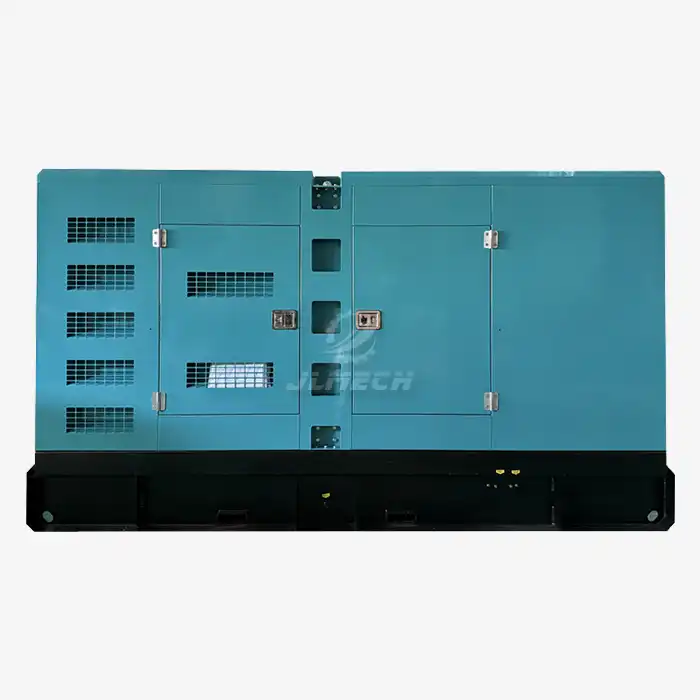 VIEW MORESilent 50kVA power generator
VIEW MORESilent 50kVA power generator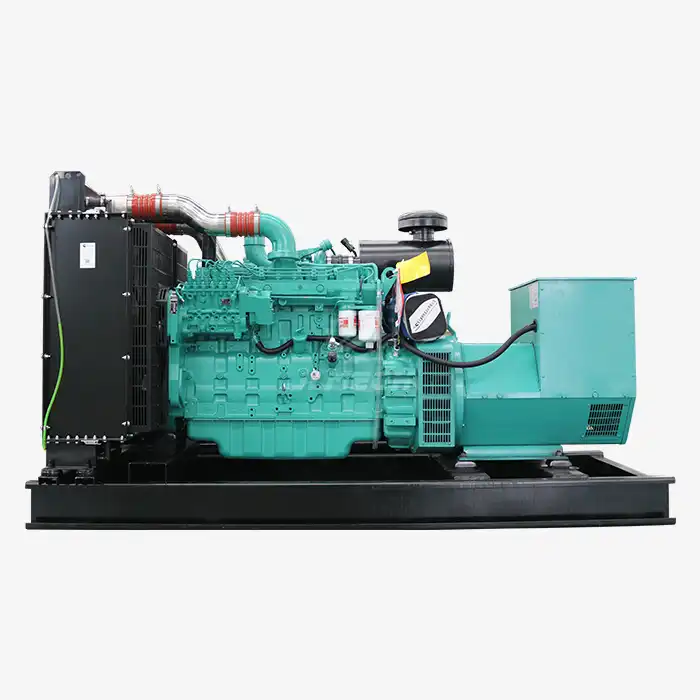 VIEW MORETDi-Turbodirect injector diesel engine generator
VIEW MORETDi-Turbodirect injector diesel engine generator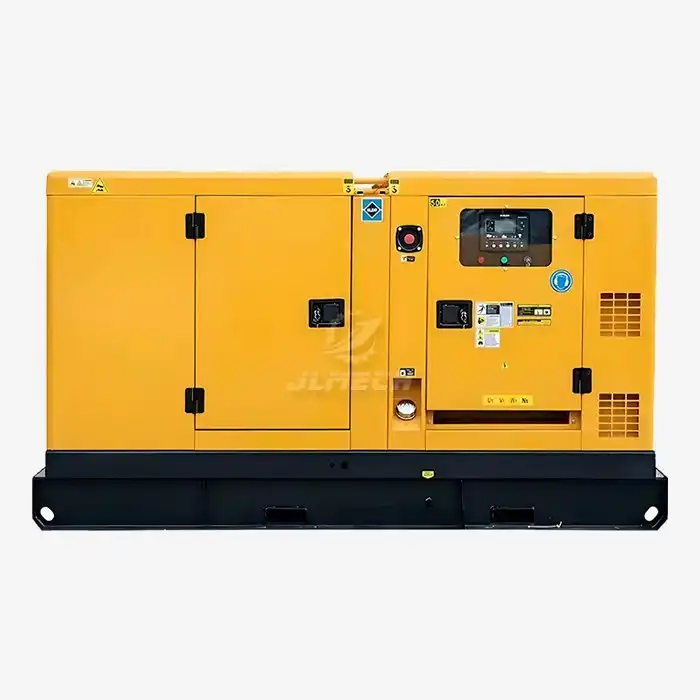 VIEW MOREData center generator
VIEW MOREData center generator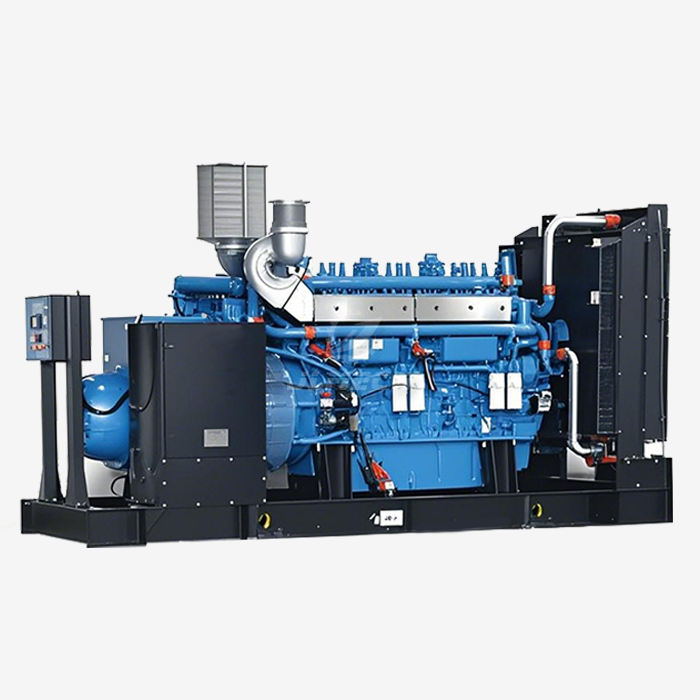 VIEW MOREyuchai weichai generator with ats
VIEW MOREyuchai weichai generator with ats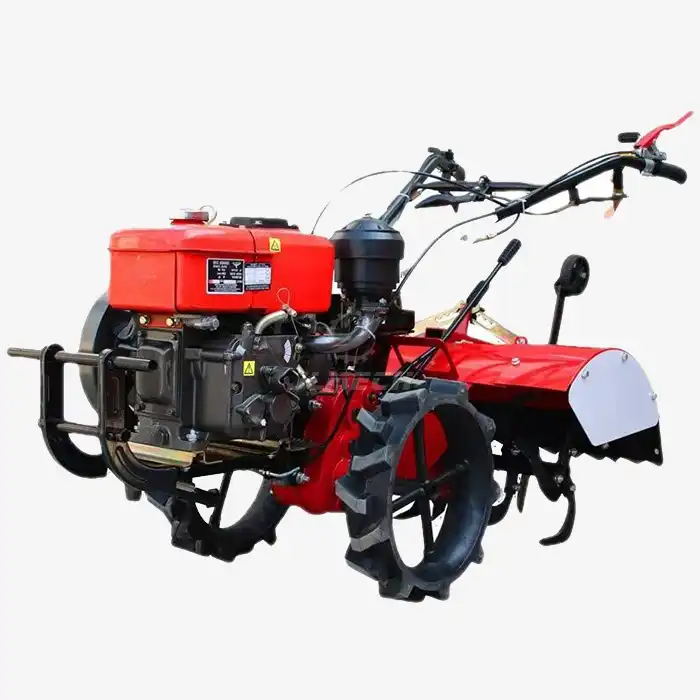 VIEW MOREcultivator machine farm cultivator
VIEW MOREcultivator machine farm cultivator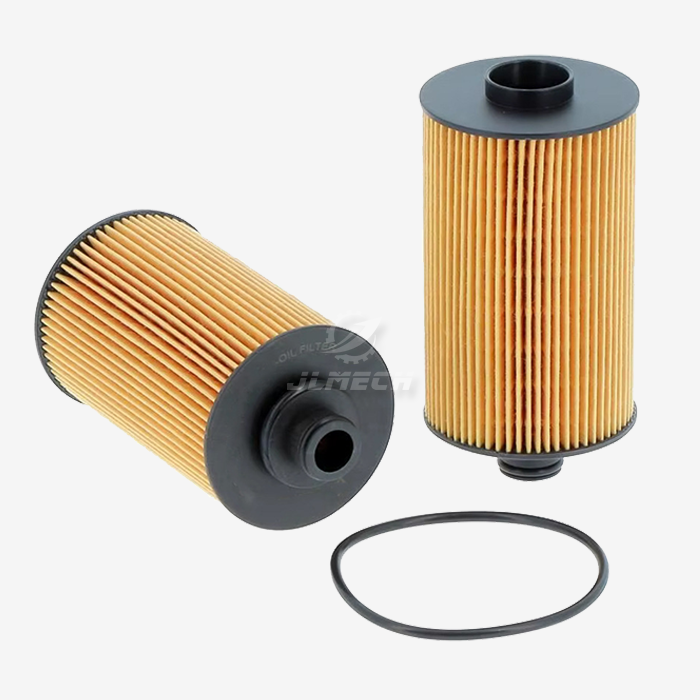 VIEW MOREEngine oil filter element
VIEW MOREEngine oil filter element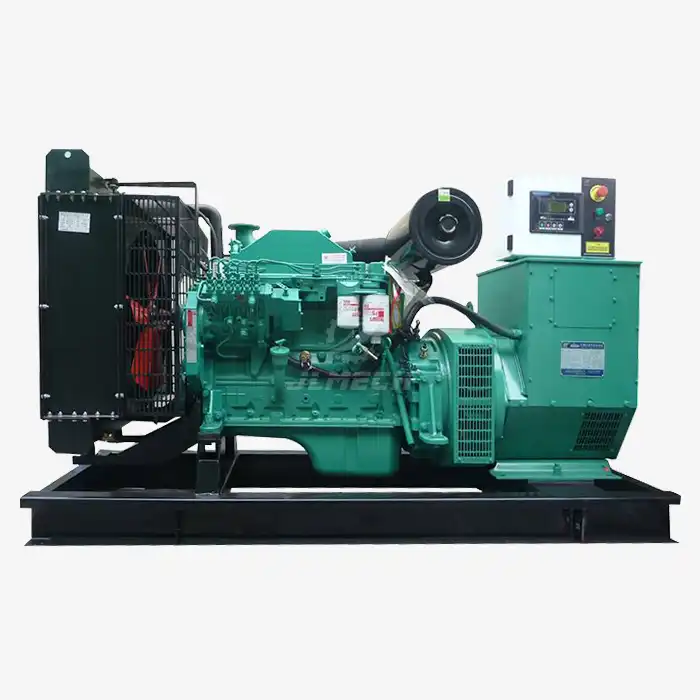 VIEW MOREgenerator diesel 100kva
VIEW MOREgenerator diesel 100kva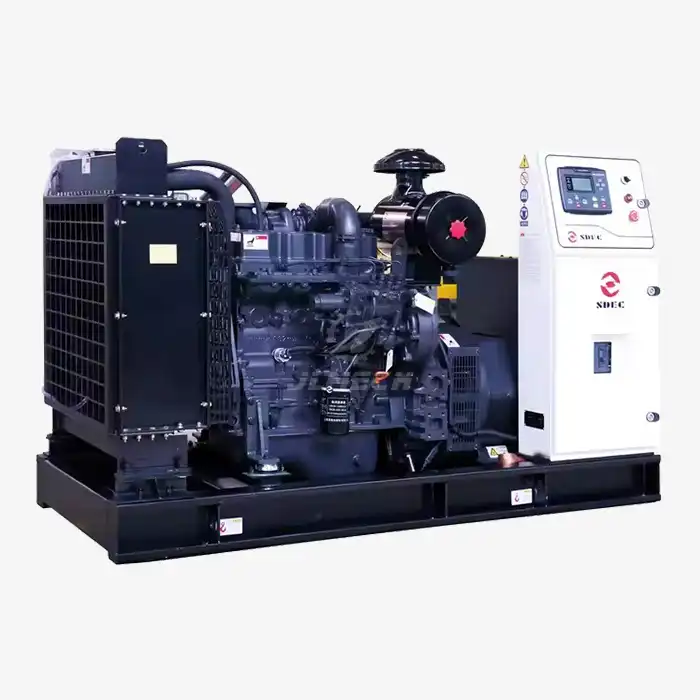 VIEW MOREshangchai diesel generator 50KW
VIEW MOREshangchai diesel generator 50KW



